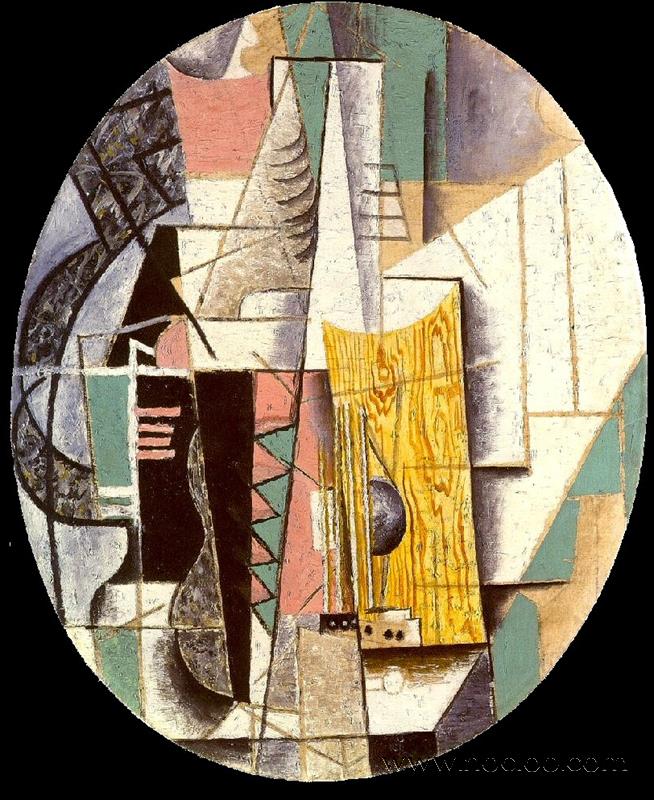
The two main techniques of synthetic cubism are collage and papier colles. Moreover, instead of breaking down an object into parts and reassembling them like in analytical cubism, synthetic cubism involved using new elements, textures, and shapes to build images.
While analytical cubism used a neutral color palette including earthy tones, synthetic cubism used a bolder color palette. In fact, synthetic cubism was developed from analytical cubism. What is the Difference Between Analytical and Synthetic Cubism?Īnalytical cubism was the early phase of cubism while synthetic cubism is the later phase. Pablo Picasso and Georges Braque were the main figures in both these movements.Analytical and synthetic cubism are phases in cubism.Still Life with Chair-Caning by Picasso (1911-12)įruit Dish and Glass by Georges Braque (1912)Īria de Baq by Georges Braque (1913) What are the Similarities Between Analytical and Synthetic Cubism? This style refers to real objects through identifiable details through repetitive usage, these details also become signs and clues that indicate the identity of the object.įigure 02: Three Musicians by Picasso Examples The color palate in analytical cubism was neutral with many earthy tones this lack of color flattened the image and gave it a one-dimensional aspect. This style attempted to depict natural forms in geometric shapes like cubes, spheres, and cylinders with altered viewpoints and spatial cues. What is Analytical Cubism?Īnalytical cubism is the earliest form of cubism, developed between 19. Cubism also used a simple color palette in addition to simplified forms. Thus, the subject matter of a painting is broken up, analyzed, and reassembled in an abstract form. The items in cubism artwork look like they are made out from cubes and other geometrical shapes.įurthermore, this art style aimed to show all the possible viewpoints of a person or an object all at once. Pablo Picasso and Georges Braque are considered to be the pioneers of cubism. This movement began in France in 1907 and thrived in the next two decades. Side by Side Comparison – Analytical vs Synthetic Cubism in Tabular FormĬubism is an important art movement in the early 20th century. Similarities Between Analytical and Synthetic CubismĦ. As the name, ‘cubism’ implies, the objects in cubism paintings look like to be made from cubes and other geometrical shapes. Analytical cubism was the early phase of cubism while synthetic cubism is the later phase. Picasso and Braque’s favourite motifs during the period of Cubism were still lifes with musical instruments, bottles, pitchers, glasses, newspapers, playing cards, the human face and the human figure.The key difference between analytical and synthetic cubism is that the analytical cubism involves breaking down an object into parts and reassembling while the synthetic cubism involves using new elements, textures, and shapes to build images.Īnalytical and synthetic cubism are two phases in cubism, an art movement in the early 20 th century.

This inclusion of real objects in art was the beginning of one of the important ideas in modern art, to work with already existing (readymade) objects.

Synthetic cubism began when cubist artists started using textures and patterns in their paintings and experimenting with the collage form. Synthetic cubism art is the later phase of cubism, dating from around 1912 to 1914, and characterised by simpler shapes and brighter colours. This simplified palette was chosen so as not to distract the viewer from the structure of the form and the density of the image at the centre of the canvas. The artworks look severe, and are made up of an interweaving of planes and lines in muted tones of blacks, greys and ochres. Analytical cubism art is considered to run from 1908-1912. Cubism developed in two distinct phases: analytical cubism and (later) synthetic cubism.


 0 kommentar(er)
0 kommentar(er)
